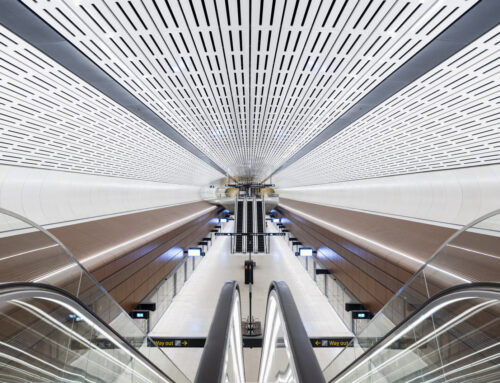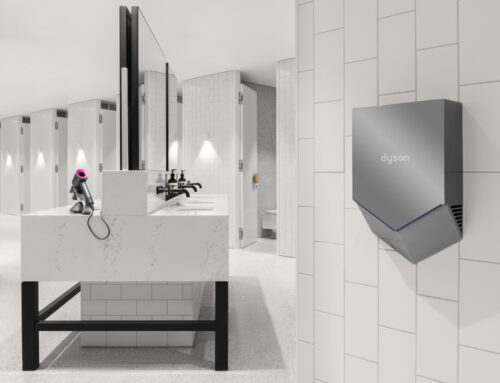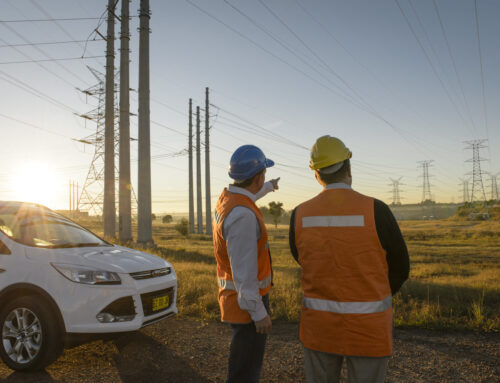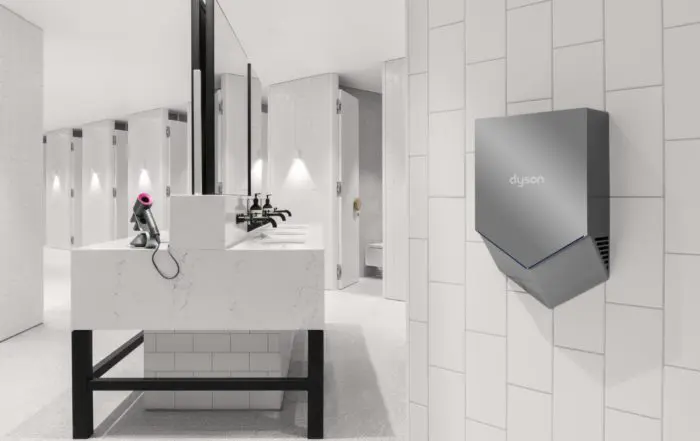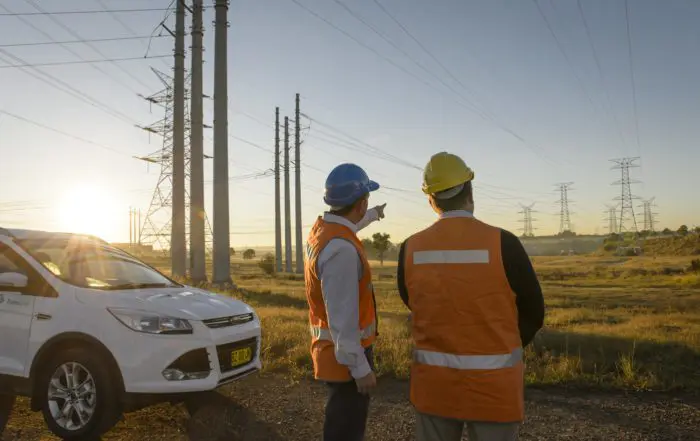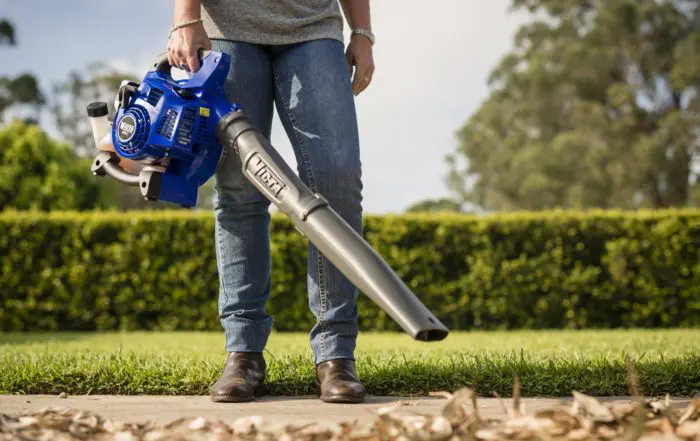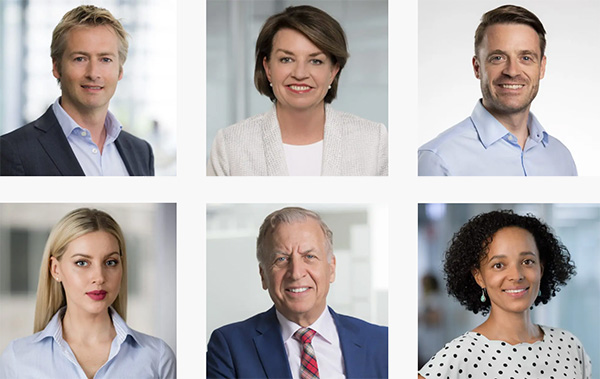
Shooting The Breeze is a photography blog by Gavin Jowitt, an award-winning Sydney-based photographer, offering valuable articles and advice on corporate, industrial, and architectural photography; life and photography in Sydney; and running a successful photography business.
How to write a corporate photography brief

Embarking on a corporate photoshoot journey? It’s time to create a thoughtful brief to ensure your photographer captures your brand essence flawlessly. This comprehensive guide will walk you through the process of crafting the perfect corporate photography brief for a successful photoshoot experience. Let’s get started!
Introduce your company and objectives
Start by sharing your company’s story and mission. Briefly explain the purpose of the photoshoot and how the images will be utilised, be it for marketing materials, social media, or internal communications. This context helps your photographer understand your brand’s vision and desired outcomes.
Define your target audience
Identify your target audience and provide any relevant demographic information. This will enable the photographer to create images that genuinely connect with your intended viewers.
Clarify the project scope
Clearly outline your photoshoot requirements, including the number of images needed, types of shots (e.g., group photos, headshots, action shots), and specific subjects or themes. Transparency sets the foundation for a smooth collaboration.
Share your visual style and brand guidelines
Describe the desired visual style for your photos, providing examples or references where possible. Incorporate your company’s brand guidelines, such as colour palettes, fonts, and other visual elements. To further enhance communication, consider putting together a collection of example images that represent the style or content you’re looking for. These can be from the photographer’s portfolio, stock images, or other sources. By sharing visual examples, you offer a clearer understanding of your expectations, which can help the photographer better align with your vision.
Discuss location and logistics
Specify the location(s) for the shoot and any necessary permits, permissions, or access requirements. Share the date and time and backup plans for unforeseen issues (e.g., weather, scheduling conflicts). Include details on props, wardrobe, or makeup and hair requirements to ensure seamless execution. Give the photographer a better understanding of the location by sharing some photos, even if they’re just casual snapshots taken with your phone. This will allow the photographer to plan better and anticipate any potential challenges.
Introduce the talent and participants
List the individuals participating in the photoshoot, from employees and executives to models. Share any specific appearance, wardrobe, or pose requirements, and mention any releases or contracts that need to be signed.
Set deliverables and timeline expectations
Outline the expected deliverables, such as high-resolution digital files, edited images, or specific file formats. Clearly state the deadline for receiving the final photos and any interim milestones for initial proofs or revisions.
Establish a budget for the project
Set aside a budget of $3,000 to $4,000 per day for photography and post-production, which encompasses the photographer’s fees and editing work. Be mindful that additional expenses may arise for travel, hiring extra crew members, and hair and makeup services if needed. Establishing this budget helps keep everyone on the same page and ensures smooth communication. Should the photographer find that the budget needs to be increased, they will provide guidance and discuss any necessary adjustments.
Offer contact information and communication preferences
Provide the contact details for the person overseeing the project, along with preferred communication methods (e-mail, phone, etc.) and update frequency. This ensures effective communication throughout the project.
Include any additional information or requests
Mention any other relevant details or specific requests not covered in previous sections, such as legal or compliance requirements, safety considerations, or confidentiality agreements.
This comprehensive guide enables you to craft an effective corporate photography brief for your photoshoot. Share your vision with the photographer and embrace feedback and collaboration to ensure a successful project that meets your objectives and produces high-quality images that reflect your brand. To help you further, I’ve prepared an example of a corporate photography brief that you can find here: https://www.gavinjowitt.com/blog/example-corporate-photography-brief/. Use this example as a starting point to create a customised brief tailored to your specific needs. Happy planning, and enjoy your upcoming photoshoot!
About the author
Gavin Jowitt is an accomplished corporate communications and branding professional with over 30 years of experience as a creative director and photographer. Awarded Australian Commercial Photographer of the Year in 2019, Gavin has built a reputation for delivering high-quality photography that enhances stakeholder communication. Gavin works with a wide array of public and private sector clients, guiding them in creating versatile photography libraries while offering extensive corporate, industrial, and commercial photography services throughout Australia.
Recent posts
Victoria Cross: Photographing North Sydney’s New Metro Station
Photographing Victoria Cross station captured its sleek design and functionality, showcasing how it transforms North Sydney’s urban landscape and connectivity.
The Art of Clean: Why Dyson Demands the Highest Quality Product Photography
Dyson's unwavering commitment to visual excellence and how it has shaped their brand identity in the minds of consumers.
Tips for Planning and Arranging a Photoshoot at Your School
In today’s digital age, visual content is one of the most potent ways to engage and inspire prospective students, parents, and staff. Whether for a new school prospectus, website, or social media, professional education photography [...]
Transgrid’s Innovative Use of Photography
Transgrid is illuminating the human and technical side of Australia's energy infrastructure through captivating visual storytelling.
The Power of Lifestyle Product Photography
A deep dive into the world of lifestyle product photography, with a focus on Victa Australia's journey to creating powerful visual connections with their customers.
Sydney Photographer / Featured Service / Corporate Headshots in Sydney
As a professional Sydney-based photographer specialising in corporate headshots, I recognise the significance of top-quality images for building the professional profiles of your key personnel. My expertise is crafting professional headshots highlighting confidence, character, and professionalism.
> Headshot pricing and book online
